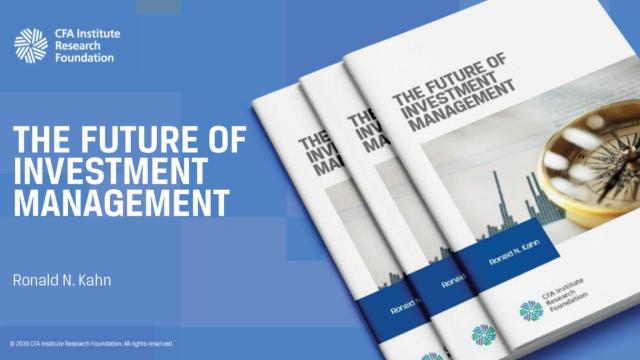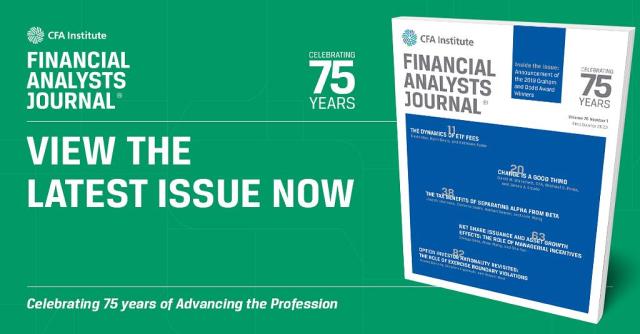[ad_1]
Do you ever wonder whether your active fund is worth the management and performance fees you charge? Would passive investments have yielded similar or better outcomes for your clients?
If you haven’t asked yourself these questions, you can be sure your clients have asked themselves. And they will continue to, measuring what you deliver with what they can get from the passive alternatives on an ongoing basis. As well they should.
Given the turbulent global markets, you have to continually convince your clients that as their fund manager you have the skills to navigate them through challenging times, that their money is in safe and wise hands. You can’t leave it up to your firm to make that case for you.
Your clients should be assessing your fund management style, so you need to be able to show, in both word and deed, that you are doing it right.
After all, the challenge isn’t just from passive investments alone. Despite the many death notices that have been written, active fund management is very much alive and kicking.
According to PWC, by 2025 the overall global assets under management (AUM) are expected to grow by 31% to US $145.4 trillion. Passive investments will make up only 25% of that total. Active investments will continue to dominate with 60% of total AUM.
But investors are growing more risk averse and with its low fees and “buy-the-market” mentality, passive investing has an intuitive appeal over active. So while active’s AUM may be growing, its market share is shrinking. The PWC report projects that by year-end 2020, passive investments will make up 21% of global AUM, up from 17% in 2016. Active will be down to 66% from 71%.
This means that markets are becoming ever more efficient with fewer undervalued/mis-priced securities and thus fewer opportunities for alpha generation.
Nevertheless, to compete with passive and other active managers, you have to show your clients that you are one of the good ones, that you have a good active fund management style.
So what distinguishes active styles? Three key characteristics stand out and the discerning client will be looking to determine that you have them. Be ready to demonstrate that you do.
1. Low Turnover
What’s your turnover ratio?
Something in the 20%–30% range indicates a buy-and-hold strategy and good style. Nobody wants to see their returns eaten up by management fees and a high turnover ratio may suggest there’s some churning going on. And that’s the last thing you want clients to think.
2. High Conviction
The great value investors don’t buy securities they don’t believe in. And your clients don’t want you to either.
Does your fund have more than 20 highly concentrated positions? Evidence suggests active managers do best when they overweight their high-conviction investments. So if the number of your high-conviction securities is, in fact, on the high side, clients may start to wonder just how deep your convictions actually are.
3. High Tracking Error
And what about tracking error? If yours is too low, it might give the impression that you’re just tracking an index, offering clients passive returns at active prices.
A high tracking error shows you’re actively looking for alpha.
Both current and potential clients need to be able to assess your style as an active fund manager. They’ll be looking for data. And some key statistics may not be provided in your factsheets or monthly performance reports.
If you want to differentiate yourself in an increasingly competitive marketplace, you have to be ready to give clients what they want. Not only will it help you win their trust, it will demonstrate your value over the competition, both active and passive.
If you liked this post, don’t forget to subscribe to the Enterprising Investor.
All posts are the opinion of the author. As such, they should not be construed as investment advice, nor do the opinions expressed necessarily reflect the views of CFA Institute or the author’s employer.
Image credit: ©Getty Images/Carol_Anne
Professional Learning for CFA Institute Members
Select articles are eligible for Professional Learning (PL) credit. Record credits easily using the CFA Institute Members App, available on iOS and Android.
[ad_2]
Image and article originally from blogs.cfainstitute.org. Read the original article here.



